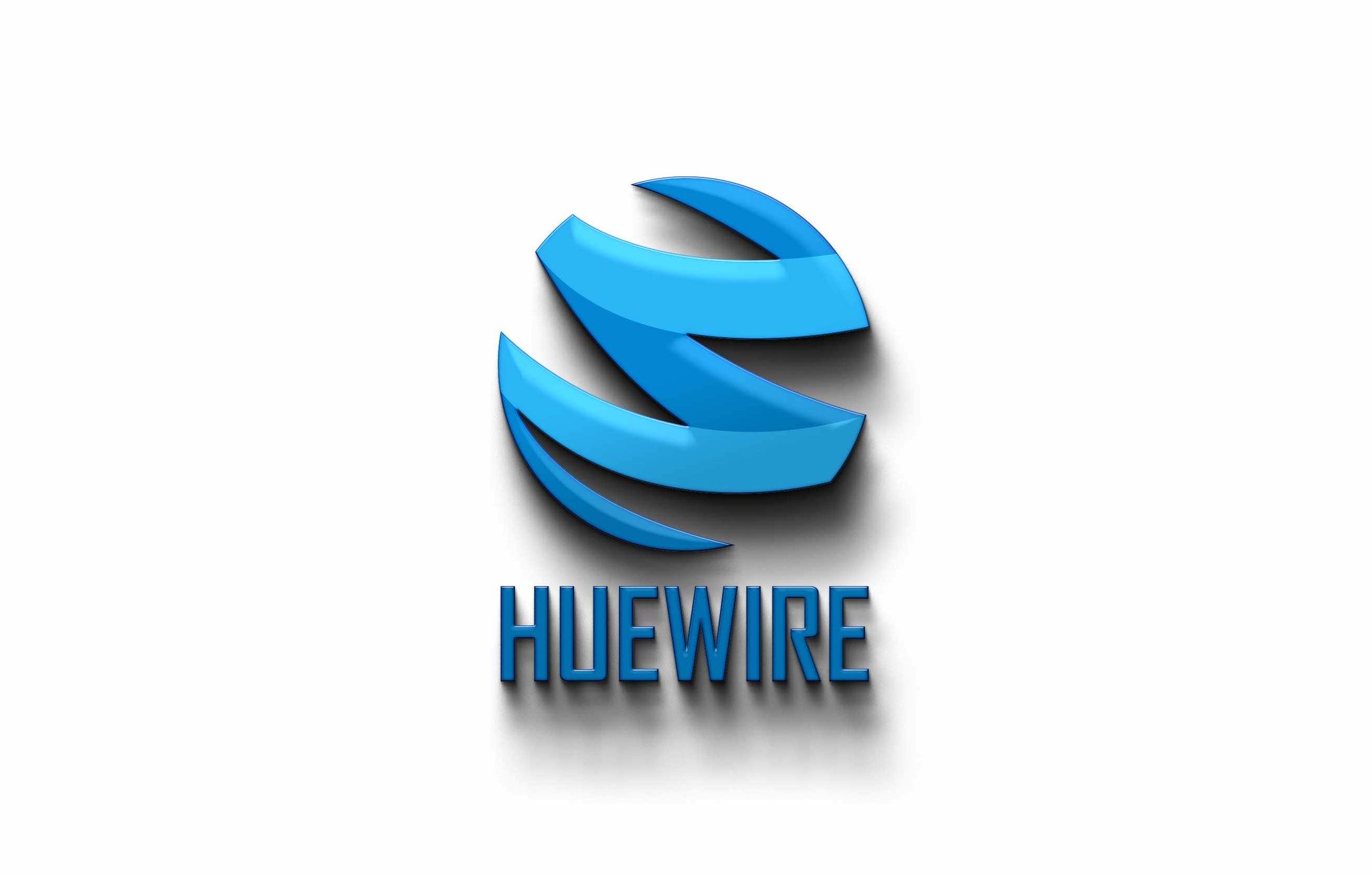This image shows tablets of the prescription opioid painkiller Oxycontin (oxycodone). This … [+] medication has been at the center of the prescription opioid crisis which began more than two decades ago. Multiple stakeholders in the drug supply chain played a part in driving the crisis, including pharmaceutical manufacturers, physicians, wholesalers, pharmacies, payers, pharmacy benefit managers and patients.(Photo by Eric BARADAT / AFP) (Photo by ERIC BARADAT/AFP via Getty Images)
There is a tendency to overlook the multiple factors that contributed to the problem of prescription opioid misuse, abuse, overuse and diversion that began in the 1990s. Typically, the media has focused on drug manufacturers and doctors running pill mills as the chief villains. It’s important, however, to shed light on other stakeholders which possibly drove the opioid crisis, including payers and pharmacy benefit managers.
The prescription drug supply chain for opioids is extraordinarily complex and highly regulated. The key stakeholders include pharmaceutical manufacturers, federal and state regulators, wholesaler distributors, pharmacies, payers, PBMs, physicians and patients. Except for the patient, every stakeholder in the prescription opioid supply chain is licensed, and supply is regulated by the federal and state governments.
A recent Barron’s exposé details the role of PBMs in possibly fueling the opioid crisis. PBMs are important intermediaries in the prescription drug ecosystem, wielding power over which medications patients have access to and how much they cost. What the Barron’s article doesn’t emphasize is that PBMs serve at the behest of payers, which include employers, health plans and government agencies. On behalf of payers, PBMs negotiate net prices for drugs in conjunction with determining their positioning on formularies, or lists of covered medicines.
The Barron’s report reveals that the largest PBMs—CVS Caremark, Optum Rx and Express Scripts—played a part in establishing the net prices and formulary placement of OxyContin, a Food and Drug Administration-licensed opioid that has been at the center of what is often called the opioid epidemic. In a period that lasted 12 months between late 2016 and late 2017—quite far along into the prescription opioid crisis that commenced at least 15 years earlier—these companies were paid more than $400 million in fees and rebates from Purdue Pharma, OxyContin’s manufacturer. PBMs assert they pass the majority of rebates back to their payer clients, who are employers, health plans and government agencies. The figures cited are as high as 99%.
Nonetheless, according to Barron’s, PBM rebates were linked to dosage and the number of pills prescribed. The higher the dosage, the larger the rebate. As such, PBMs facilitated overutilization of the pain medication.
In collaboration with PBMs, the public insurance payers Medicare and Medicaid have played a key role facilitating access to prescription opioids. The epidemic has disproportionately affected Medicaid beneficiaries, who have been prescribed pain relievers at higher rates than those with other sources of insurance.
In addition, states are responsible for regulating their respective health insurance industries. This includes oversight with respect to formulary standards operated by Medicaid state agencies, managed care plans and PBMs; in the case of prescription opioids this relates to the status of such products and non-opioid treatment alternatives on formularies.
Medicaid is constrained in its ability to remove prescription opioids from formularies designed by state agencies or managed care plans in cooperation with PBMs, as the program is subject to federally mandated rebate agreements with pharmaceutical manufacturers that require virtually all FDA-approved products to be covered by Medicaid. Nevertheless, Medicaid invariably has a great deal of latitude regarding use of formulary management tools, such as prior authorization, quantity limits and step therapy (requiring that patients fail first on a preferred medication before stepping up to a non-preferred treatment).
Yet, while a prescription opioid crisis was unfolding and in many cases known to state authorities, state payers working with PBMs provided unfettered access to many prescription opioids, which may have fueled the existence of pill mills. Until recently, many states had relatively lax policies in place for coverage of certain immediate release prescription opioids. Additionally, the majority of Medicaid programs provided restricted coverage of non-opioid treatment alternatives. Further complicating matters is the fact that Medicaid coverage of opioid use disorders was generally patchy.
All this raises the question why regulators at the federal and state levels did not respond sooner to problems cited as early as 2002 in the prescription opioid supply chain, such as diversion. The most common form of diversion is the transfer of opioids by patients who have received legitimately prescribed opioids to family members, friends, or others who are attempting to self-medicate, get high or sell on the black market.
Getting back to the Barron’s story, payers and PBMs had plenty of opportunities since the early 2000s to at least attempt to reduce opioid overprescribing by placing stricter limitations on OxyContin, such as prior authorization to ensure that the drug was being prescribed appropriately. But they failed to do so in a timely manner. As a result, they enabled easier patient access than perhaps was warranted.















